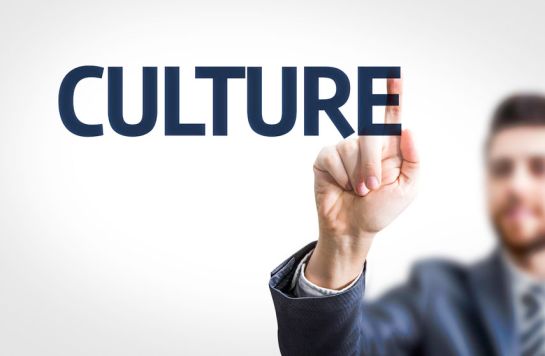You Have No Idea About Culture
You Have No Idea About Culture
Do you remember the last time you were part of a conversation about ‘culture’ within a business meeting, a community gathering, or even a casual chat with friends? ‘Culture’ – now that’s a word that’s being thrown around more often than a beach ball at a summer music festival. It’s bandied about in contexts ranging from organisational strategy meetings to casual coffee conversations. But do you ever stop to ponder what it really means?
The go-to definition of culture, held as the gold standard, is:
“The shared assumptions and beliefs of a group, community, or organisation.”
However, despite this clear-cut definition, many misunderstand or misuse the term, often diminishing its real essence. You might think of the term ‘culture’ as a nebulous concept, an abstract entity that hovers over conversations but seldom gets discussed effectively. This begs the question, why is it so challenging to comprehend, much less to effect meaningful change in it?
Unravelling the Enigma
Let’s try and unravel this enigma, shall we?
First off, let’s understand that ‘culture’ isn’t just the visible manifestation of an organisation’s values or a community’s beliefs. No, it’s far deeper than that, as is often hinted at by the well-trodden but trite iceberg analogy. For now, though, let’s steer clear of that tired metaphor.
Culture encapsulates the shared assumptions and beliefs that knit a group together. It’s like the invisible hand constraining the conduct of individuals within a society, organisation, or group. It’s a deep-seated way of thinking and believing, so ingrained that people most often don’t realise they’re shaped by it.
Group Mind
That’s where the true challenge lies. Changing culture isn’t just about introducing new rules or dictating behavioural changes; it’s about influencing a collective mindset, a group’s shared consciousness. Changing what’s essentially a common way of looking at the world is never going to be straightforward.
Therapy
Therapy
So, how do we bring about change in culture for the better?
First, we need to recognise and understand the role of culture in business.
Note: You can find many more questions in my book “Memeology“, and answers in its follow-up volume “Quintessence“.
Next, jointly surface and reflect on these shared assumptions and beliefs. And identifying which of these are aligned with the organisation’s goals, and which are blockers.
One can’t merely decree new shared assumptions and beliefs into existence – these have to be cultivated. It starts with dialogue, and it must be followed up by considered actions. Everyone should be part of this change, from leadership to rank-and-file members, creating a shared sense of ownership and commitment.
Summary
In conclusion, culture, while being a ubiquitous term, is often misunderstood and misrepresented. But with a clear understanding and a therapeutic approach, we can redefine our shared assumptions and beliefs to bring about positive change. Remember, culture isn’t static; it’s a living, evolving entity. Therefore, the opportunity for transformation always exists – it’s just about understanding the ‘how.’ As the proverbial saying goes, the devil is indeed in the detail.

